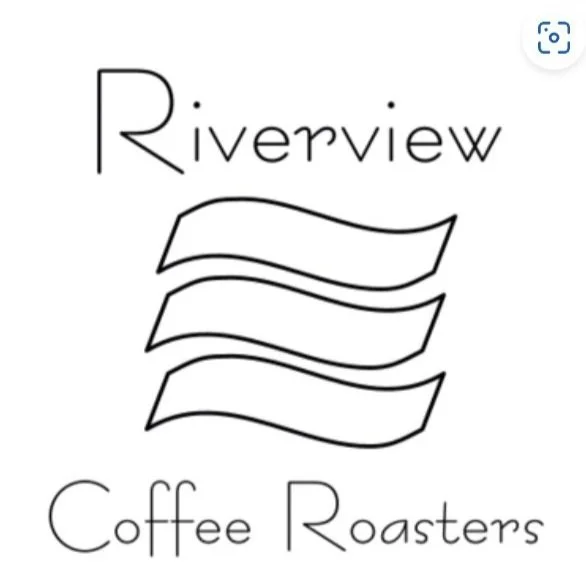Bonmac Dripper
Penetration dripper
Ceramic
For 1 - 10 oz cup
For the best tasting cup dial the grind in until you get it to take 1 minute for 5 oz of brewed coffee to flow through
The Chemistry of Coffee Brewing...
When you brew coffee, hot water acts as a solvent, washing the soluble solids out of the coffee grinds and into the brew. If you dissolve table salt in water, you have a soluble solid. Brew methods that use paper filters have only the soluble solids in the cup. Some brew methods also allow insoluble solids to enter the brew. French Press, Espresso or Turkish Coffee are three methods that will have insoluble particulates suspended in the liquid.
There are five main factors that control brewing results. First is the brew recipe, the ratio of water-to-coffee. More on that below. Second is the particle size of the coffee: finer grind means more surface area of the bean is exposed to the water. Third is the temperature of the water, ideally between 198-204 f, since water is a better solvent at near-boiling temperature. The fourth factor is contact time, how long the water and coffee are in contact with each other. And lastly is agitation, since stirring the coffee-water infusion increases extraction rate of soluble solids. Other factors influence the brew, but these are the main ones.
Knowing these simple theories might help you troubleshoot that next bitter, weak, or a flat tasting cup.
Recommended Method for Filtercone Brewing
The ideal brewing practice is:
Rinse all paper filters with hot water to wash away loose paper fibers that will give an off taste in the cup, especially when brewing small amounts.
Preheat your filtercone by rinsing with hot water. With a ceramic filtercone it is often enough just to place it over a cup of hot water.. You can do both by simply heating extra hot water, and washing/preheating in one step.
Grind immediately before you brew. What grind to use? You want to use a medium to fine grind for drip cone brewing. If the resulting brew is too weak, you may push the grind finer. If water pools and fails to drain, make the grind coarser.
Measure the correct amount of ground coffee into the filter, See the chart below for some recommendation. Generally the rule is 10 grams of coffee (or one coffee scoop) to 5 oz water,
#2 filter #4 filter
10 oz (300ml) 15 oz (450ml)
20 gr 30 gr
5. Using water just off the boil (about 200 degrees F) add a small amount of water to wet all the grounds and let the coffee “bloom” or rise. Wait maybe 15 to 30 seconds, then start to pour the rest of the water slowly from the center of the grounds outward, in a circular motion. Even as the coffee begins to filter downward, a slow even pour helps draw out infusion time and maintain the thermal mass of the coffee/water mixture. Total brew time should be about 2:30 minutes.
6. Remove the filter and enjoy!
*** We have found that for the most accurate brewing, it is best to measure your water by weight. This is easily done by preparing your coffee on a scale. For 8 grams of coffee, you want to use about 130 grams of hot water.
Remember to keep brewing equipment clean! Old sediments easily make for rancid flavors in the cup. A good rule of thumb is if you smell an odor from your coffee making equipment, clean it. If you cannot remember the last time you cleaned your brewer, clean it. Coffee is fresh for 10 minutes or less. Try to make the right amount of coffee so you are drinking fresh brewed coffee more often.

